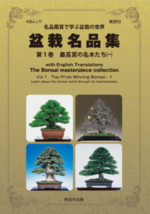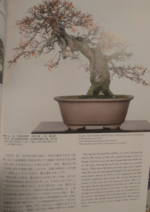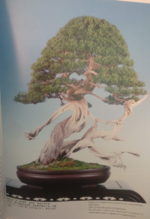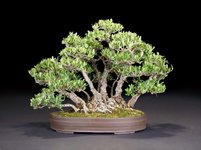Hello fellow bonsai enthusiasts,
(This thread is the second post after the enthusiastic "Buy a tree in Japan, leave it there" discussion, thank you all for participating in my study!)
The provenance of a bonsai tree, its origin, lineage, and history, is a captivating subject that intertwines art, culture, and heritage. As we explore the roots and significance of our beloved trees, I invite you to reflect on the following interconnected questions:
Looking forward to a rich and enlightening discussion!
Best,
Apic92
(This thread is the second post after the enthusiastic "Buy a tree in Japan, leave it there" discussion, thank you all for participating in my study!)
The provenance of a bonsai tree, its origin, lineage, and history, is a captivating subject that intertwines art, culture, and heritage. As we explore the roots and significance of our beloved trees, I invite you to reflect on the following interconnected questions:
- How does the provenance of a bonsai tree influence its aesthetic appeal, value, and cultural significance?
- Are there iconic bonsai trees with rich histories and lineages that stand out in your mind, and what stories do they tell?
- How do different cultures perceive and value the provenance of bonsai trees, and how is this reflected in the preservation and transmission of cultural heritage?
- In what ways can we as enthusiasts trace, authenticate, and honor the provenance of a bonsai, ensuring that its legacy is preserved and communicated?
Looking forward to a rich and enlightening discussion!
Best,
Apic92












